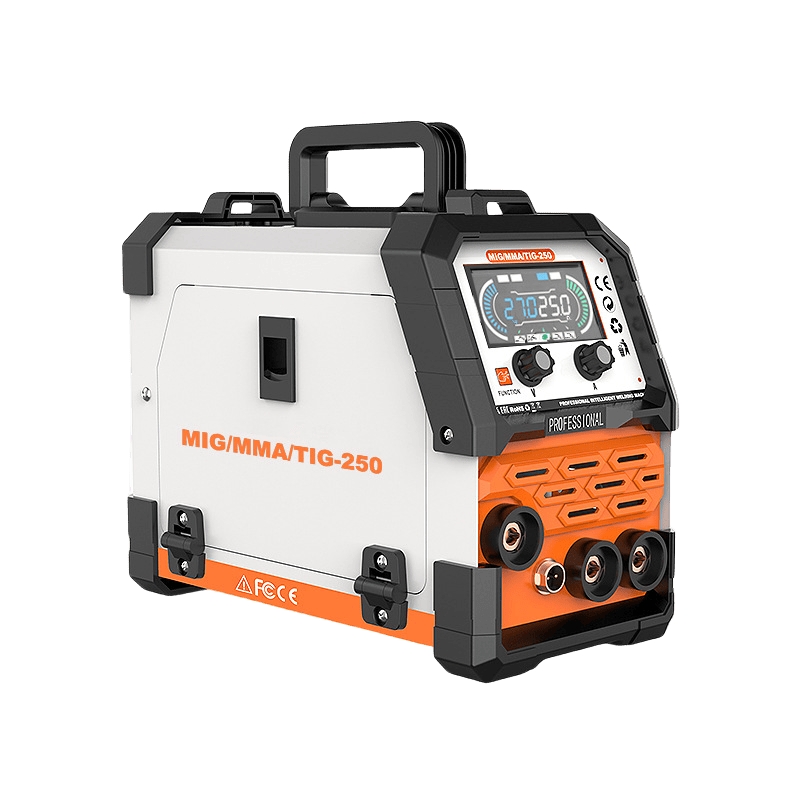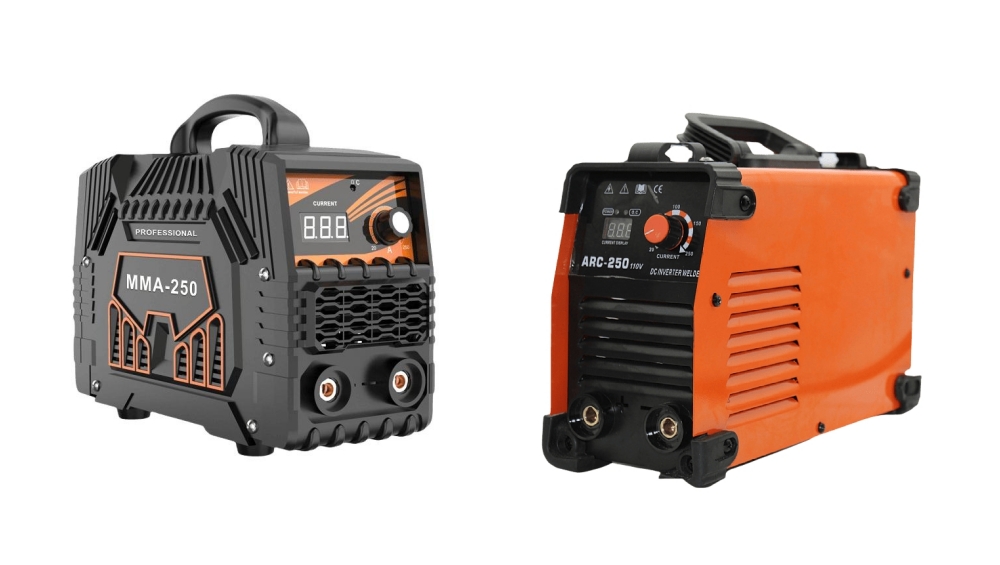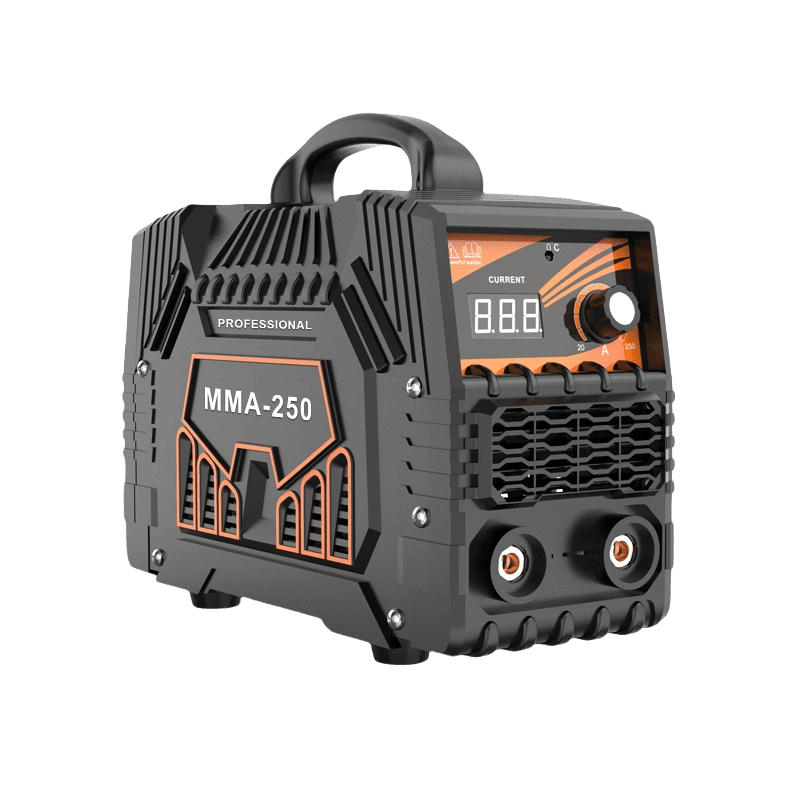In the world of welding, consistency is king. The difference between a perfect weld and a defective one often comes down to one critical factor: stable current control. For manufacturers of welding equipment, providing this stability is essential to customer satisfaction and product reputation. This is where DC shunts play a vital role, serving as the foundation for reliable constant current welding systems. In this article, we explore how DC shunts ensure stable welding quality and how manufacturers can leverage this technology to enhance their products.
The Fundamentals of Constant Current DC Welding
Constant current (CC) welding is a process where the power source attempts to maintain a consistent current output, regardless of changes in arc length, material conditions, or other variables. This characteristic is particularly important in stick welding (SMAW) and TIG welding (GTAW), where maintaining precise control over heat input is critical to weld quality. But here’s the kicker—without stable current control, achieving a consistent, high-quality weld becomes nearly impossible. Let’s break down how constant current welding works and why it’s so important.
The Arc Length-Voltage Relationship
To understand the importance of constant current control, we must first recognize the fundamental relationship between arc length and voltage in welding:
- As arc length increases, voltage increases
- As arc length decreases, voltage decreases
This relationship creates a challenge: during manual welding, the arc length naturally varies as the welder moves the electrode or torch. Without compensation, these variations would cause significant changes in the welding current, leading to inconsistent penetration, bead formation, and overall weld quality. What’s the real story? These inconsistencies can result in weak welds that compromise the structural integrity of the workpiece.
This is where DC shunts come into play. By constantly monitoring the welding current, DC shunts provide the control system with real-time feedback, allowing it to adjust the current as necessary to compensate for changes in arc length.
| Arc Length | Voltage | Effect on Welding Quality |
|---|---|---|
| Increased | Increased | May cause excessive spatter, poor penetration |
| Decreased | Decreased | May lead to insufficient heat, weak welds |
The Challenge of Load Variations
Beyond arc length changes, welding current stability faces several other challenges. But here’s the interesting part—these factors compound the difficulty of maintaining a stable current throughout the welding process:
- Material Variations: Changes in material composition or thickness affect electrical resistance, which in turn impacts current flow.
- Temperature Effects: As components heat up during welding, their electrical characteristics change, influencing current stability.
- Contact Resistance: Variations in contact between the electrode and workpiece create fluctuating resistance, which affects current flow.
- Power Supply Fluctuations: Variations in the input voltage can lead to inconsistencies in the output current.
- Cable Impedance: Long welding cables introduce additional variables that can affect the flow of current.
These factors combine to create a dynamic, constantly changing electrical environment that makes precise current control exceptionally challenging. But the good news is that high-quality DC shunts can help compensate for these variations, ensuring that the welding current remains stable despite the fluctuating conditions.

The Role of DC Shunts in Constant Current Control
DC shunts are the heart of constant current welding systems. They act as the critical sensing element, providing accurate, real-time feedback about the current flowing through the welding circuit. This feedback enables the control system to make immediate adjustments to maintain the desired current level. Let’s explore how this feedback loop works.
Real-Time Current Monitoring Principles
The operation of a DC shunt in a welding control system follows a simple, yet highly effective process:
- The shunt creates a precise, known resistance in the welding circuit.
- Current flowing through this resistance generates a voltage drop directly proportional to the current.
- This voltage signal is amplified and processed by the control system.
- The processed signal is compared to the set point (desired current).
- The control system adjusts power output to minimize any difference between actual and desired current.
- This feedback loop operates continuously, maintaining stable current despite changing conditions.
Ready for the good part? This closed-loop control system responds in milliseconds, ensuring that the welding current remains stable even during dynamic welding operations. The quick response time ensures that the welder experiences minimal disruption, and the result is a consistent, high-quality weld every time.
Current Fluctuation Detection and Compensation
High-quality DC shunts enable welding power sources to detect and compensate for even minor current fluctuations. These fluctuations, if left unchecked, can lead to significant weld defects. Here’s how DC shunts address these issues:
- Transient Detection: Fast-response shunts can detect momentary current spikes or drops, allowing the system to react immediately.
- Trend Analysis: The control system can identify gradual drifts in current and make preemptive adjustments to maintain stability.
- Pattern Recognition: Advanced systems can recognize recurring patterns of fluctuation and implement predictive compensation to prevent future instability.
For example, when a welder momentarily extends the arc length (increasing voltage), the system detects the resulting current drop via the DC shunt and immediately increases power output to maintain the set current level. This happens so quickly that the weld quality remains consistent, despite the arc length variation.
| Current Fluctuation | Effect on Welding | Shunt Compensation |
|---|---|---|
| Spike | Potential burn-through or weak weld | Instantaneous power increase |
| Gradual Drift | Inconsistent bead formation | Preemptive adjustment |
| Recurrent Pattern | Loss of heat control | Predictive adjustments |
Material-Specific Current Stability Requirements
Different welding applications and materials have unique current stability requirements, making the precision of DC shunts even more critical. Ready for the good part? Let’s explore how the role of DC shunts changes depending on the material being welded.
Thin Material Welding
When welding thin materials (under 3mm), current stability is crucial. Even minor fluctuations in current can cause significant problems, such as burn-through or excessive warping. In these applications, heat input must be precisely controlled to prevent material damage. For manufacturers of precision sheet metal welding equipment, high-accuracy DC shunts with fast response times are essential to avoid these issues. The result? Consistent, high-quality welds that don’t damage the workpiece.
High-Strength Material Welding
Welding advanced high-strength steels and specialized alloys presents a different set of challenges. These materials require very specific heat input ranges to maintain their structural integrity. Even small variations in current can lead to metallurgical transformations that alter the material’s properties. In these cases, DC shunts with exceptional accuracy and temperature stability are required to maintain the narrow process windows that these materials demand.
Special Material Applications
Certain specialized applications have extreme current stability requirements, including:
- Titanium Welding: Requires exceptionally stable current to prevent contamination and maintain mechanical properties.
- Dissimilar Metal Joining: Needs precise heat control to manage different thermal properties between the metals.
- Repair Welding: Often involves thin edges or heat-sensitive components that require exact current control to prevent damage.
For these applications, the quality of the DC shunt directly impacts the welding system’s ability to produce acceptable results, making it a crucial decision for manufacturers. Without reliable current control, achieving the desired weld quality becomes nearly impossible.
| Material Type | Challenge | DC Shunt Role |
|---|---|---|
| Thin Materials | Burn-through, warping | Precise current control |
| High-Strength Alloys | Metallurgical transformation | Stable heat input, consistency |
| Titanium & Dissimilar Metals | Contamination, differing thermal properties | Stable current, temperature control |
DC Shunt Specification Selection Guide
Selecting the appropriate DC shunt specifications is crucial for achieving optimal constant current performance in welding applications. But here’s the kicker—getting it right means ensuring the shunt meets the specific needs of the application. Here’s how to choose the right shunt for the job.
Current Range and Accuracy Requirements
The first consideration is matching the shunt to the welding machine’s current range. This is critical for ensuring accurate current measurement:
- Light-duty machines (up to 200A): Typically require shunts rated for 200-250A with accuracy class 0.5 or better.
- Medium-duty machines (200-350A): Best served by 350-400A shunts with accuracy class 0.5 or 0.2.
- Heavy-duty machines (350-600A): Need 600-750A shunts with accuracy class 0.2 or 0.1.
- Industrial machines (600A+): Require shunts rated for the maximum current plus a 25% safety margin, with accuracy class 0.1.
For specialized applications requiring exceptional precision, such as aerospace or medical device manufacturing, accuracy class 0.1 or better should be specified regardless of current range.
Temperature Coefficient Considerations
The temperature coefficient of a DC shunt indicates how much its resistance changes with temperature. In welding applications, components heat up during operation, making temperature stability a key factor. Here’s how to select the right temperature coefficient:
- Standard applications: Temperature coefficients of 50ppm/°C may be acceptable.
- Precision applications: Require 25ppm/°C or better.
- High-precision applications: May need specially selected shunts with coefficients below 15ppm/°C.
For welding machines designed for continuous operation, lower temperature coefficients are particularly important to maintain accuracy as components reach thermal equilibrium.
Response Time and Dynamic Performance
The speed at which a DC shunt can accurately reflect current changes is critical to maintaining welding quality during dynamic conditions. For example, systems with high response times can detect and compensate for fluctuations more effectively:
- Basic systems: May tolerate response times of 50-100ms.
- Advanced systems: Typically require response times under 20ms.
- High-performance systems: Need response times of 5ms or less for optimal current control.
Choosing a shunt with a faster response time ensures that the welding system can react quickly to changing conditions, ensuring stability and high-quality results.
| Shunt Type | Current Range | Accuracy Class | Temperature Coefficient | Response Time |
|---|---|---|---|---|
| Light-Duty Shunt | 200-250A | 0.5 | 50ppm/°C | 50-100ms |
| Medium-Duty Shunt | 350-400A | 0.5-0.2 | 25ppm/°C | 20-50ms |
| Heavy-Duty Shunt | 600-750A | 0.2-0.1 | 25ppm/°C | 5-20ms |
| High-Performance Shunt | 600A+ | 0.1 | 15ppm/°C | <5ms |
Real-World Applications and Case Studies
The impact of high-quality DC shunts on welding performance is best illustrated through real-world applications:
Automotive Manufacturing
A major automotive component manufacturer was experiencing inconsistent weld quality on critical safety parts. After upgrading to welding systems equipped with FL-19 DC shunts, current stability improved dramatically. Actual current variations were reduced to less than 2%, resulting in a 67% reduction in weld defects and a significant improvement in production efficiency.
Aerospace Precision Welding
An aerospace subcontractor specializing in titanium components was struggling with inconsistent results when welding thin-walled tubing. Implementing new welding systems with high-precision DC shunts enabled true constant current operation, allowing the company to achieve first-pass yield rates above 98%.
Energy Sector Equipment Manufacturing
A manufacturer of pressure vessels needed to ensure consistent penetration on thick-wall pipe welds. After upgrading to systems with advanced DC shunts, they achieved consistent current control throughout extended welding operations, increasing productivity while ensuring code compliance.
| Industry | Application | Before DC Shunts | After DC Shunts |
|---|---|---|---|
| Automotive | Safety parts | 15% current fluctuation | <2% current variation |
| Aerospace | Titanium components | Inconsistent weld results | 98% first-pass yield |
| Energy Sector | Pressure vessels | Inconsistent penetration | Consistent quality |
Implementation and Calibration Best Practices
For welding machine manufacturers implementing DC shunts, best practices ensure optimal performance:
Installation Guidelines
- Position shunts away from strong magnetic fields.
- Ensure adequate ventilation.
- Use proper torque on connections.
- Implement Kelvin connections for voltage sensing.
- Shield signal wires to prevent interference.
Calibration Procedures
- Establish baseline performance.
- Develop a calibration schedule.
- Document calibration procedures.
- Train maintenance personnel.
- Implement calibration verification.
Maintenance Considerations
- Inspect connections regularly.
- Clean contact surfaces.
- Verify signal conditioning circuitry.
- Check for physical damage.
- Update calibration when replacing components.
Conclusion: The Future of Constant Current Welding
As welding applications evolve toward higher precision requirements, the importance of true constant current performance will continue to increase. DC shunts remain critical in achieving this level of precision, ensuring stable welding quality across various materials and applications. By implementing high-quality DC shunts, manufacturers can enhance product performance, reduce warranty claims, and strengthen their reputation in the industry.
FAQ
Q1: What is constant current welding, and why is it important?
Constant current welding maintains a steady current output, regardless of changes in arc length or material conditions. It ensures consistent weld quality and is crucial in processes like TIG and stick welding.
Q2: How do DC shunts help maintain constant current?
DC shunts provide real-time feedback on the welding current, allowing the control system to adjust power output to maintain stable current despite fluctuations caused by various factors.
Q3: What challenges do welding machines face in maintaining stable current?
Challenges include material variations, temperature effects, contact resistance, power supply fluctuations, and cable impedance, all of which can affect current stability.
Q4: What specifications should manufacturers consider when choosing DC shunts?
Manufacturers should consider current range, accuracy requirements, temperature coefficient, and response time when selecting DC shunts for their welding systems.
Q5: What are the benefits of high-precision DC shunts in welding?
High-precision DC shunts ensure stable current, leading to better weld quality, fewer defects, and increased productivity, ultimately enhancing customer satisfaction and brand reputation.





